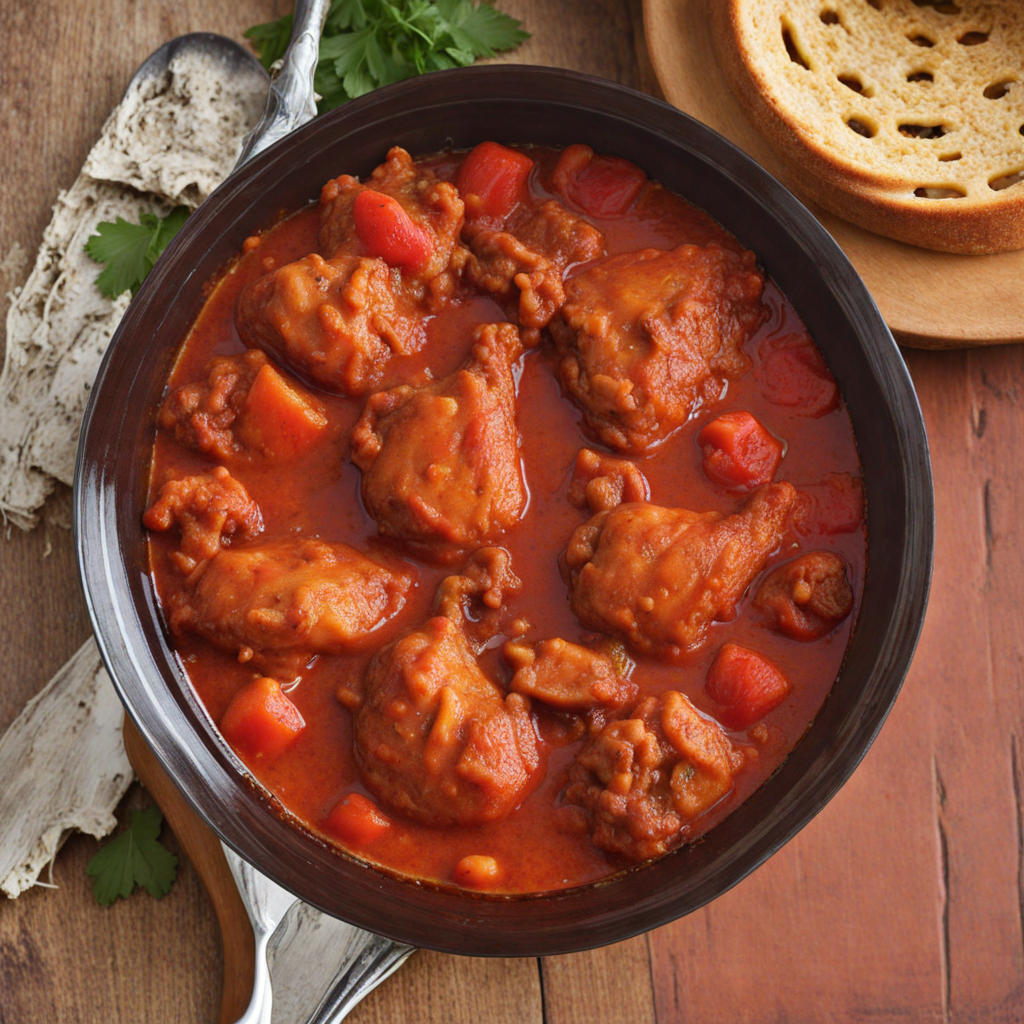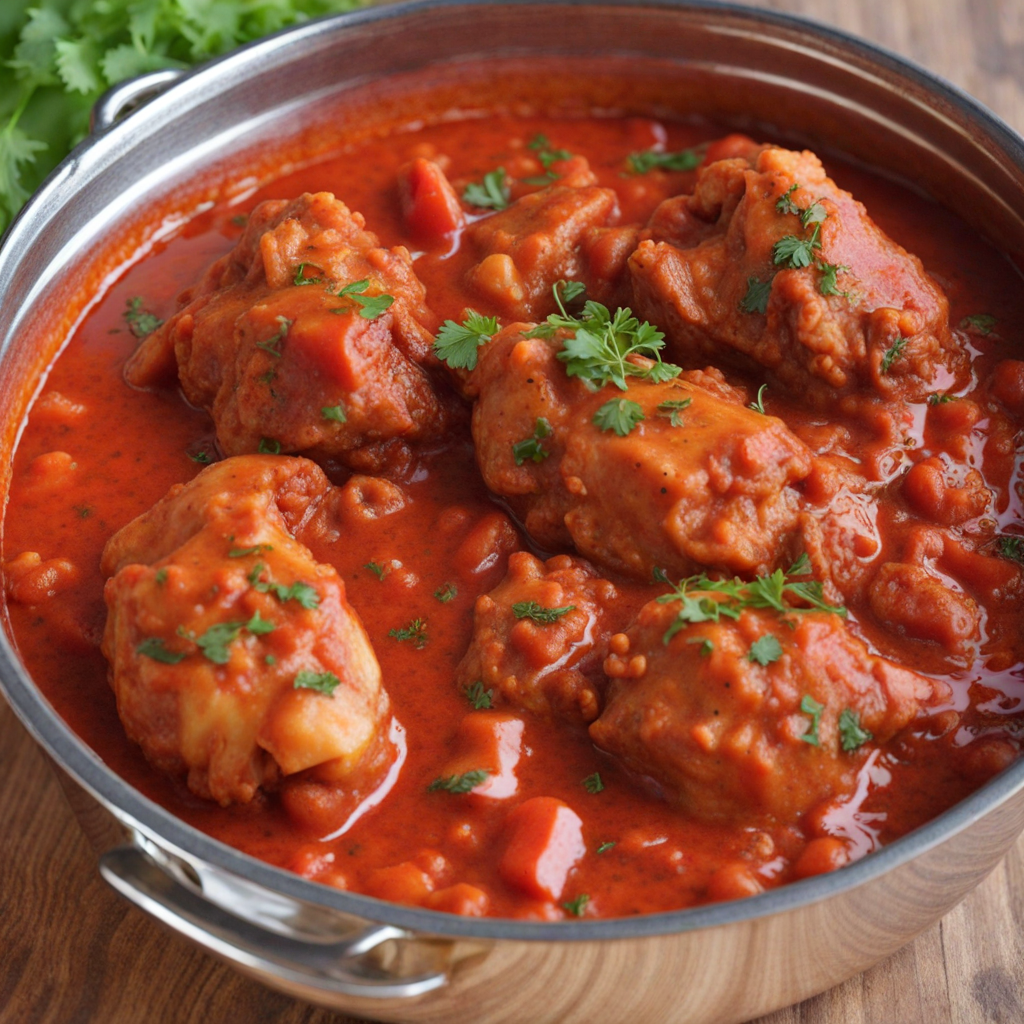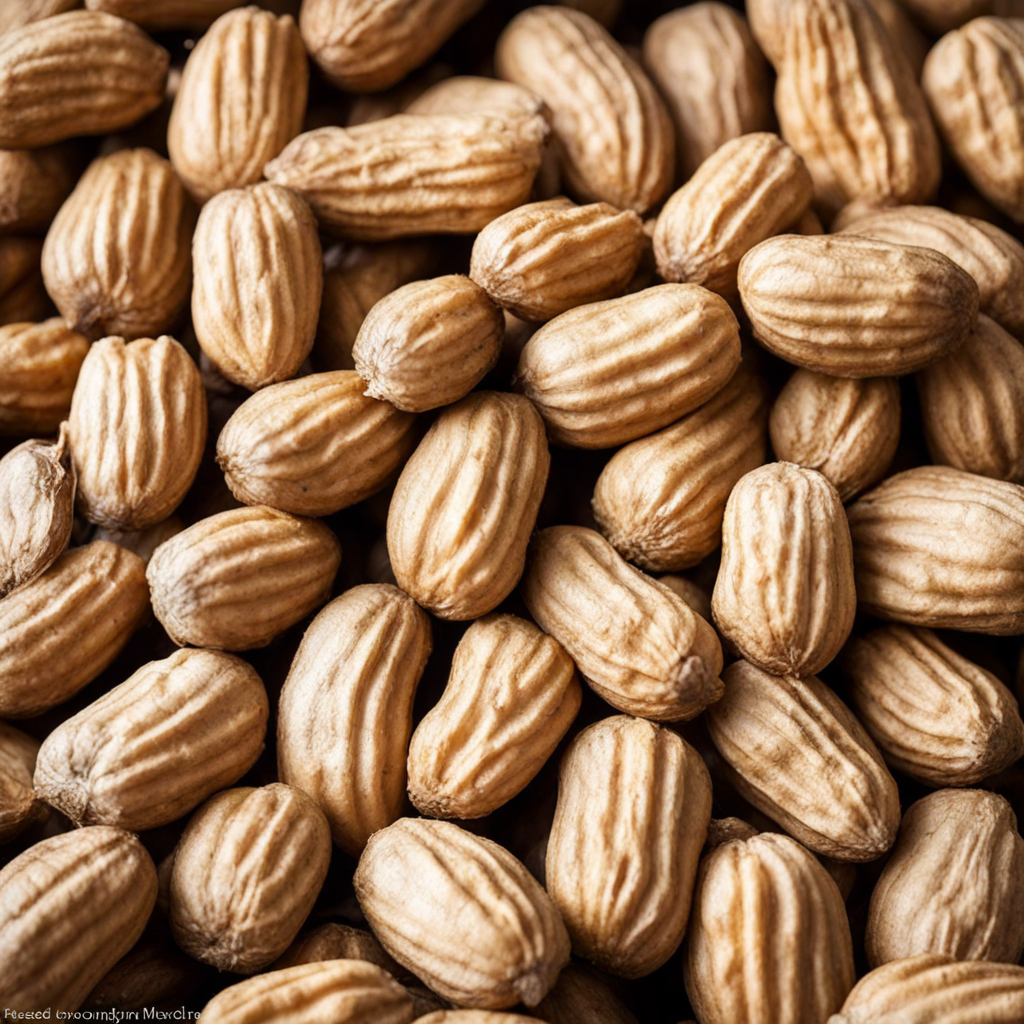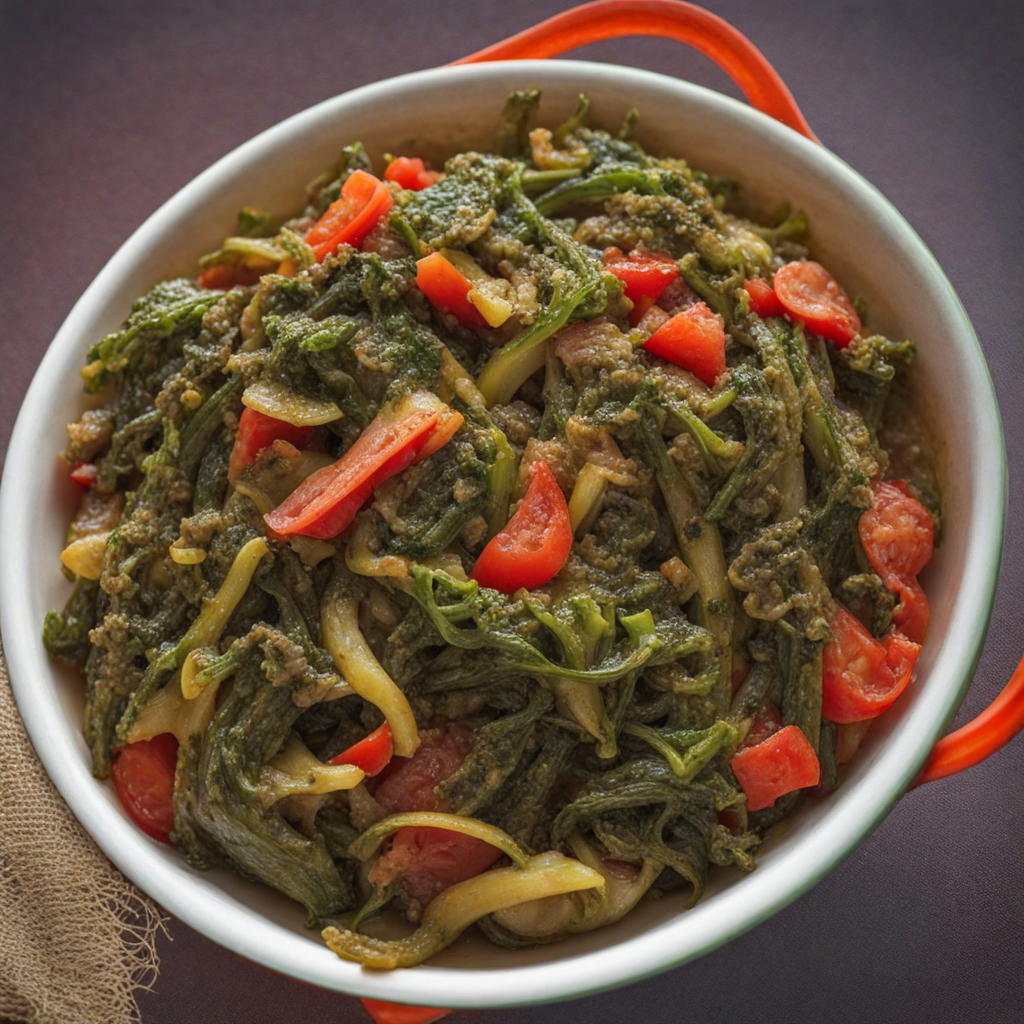Nkhuku ya Kuphika
Nkhuku ya Kuphika is a traditional Malawian dish that showcases the rich culinary heritage of the country. The name translates to 'steamed chicken,' and it is a dish that embodies the flavors and cooking techniques passed down through generations. The chicken is typically marinated in a blend of local spices, herbs, and sometimes even local vegetables, allowing it to absorb deep, aromatic flavors. The marination process is essential, as it infuses the meat with a savory richness that enhances the overall taste experience. Once marinated, the chicken is prepared using a steaming method, which not only preserves the moisture of the meat but also ensures that the spices infuse deeply, resulting in tender and flavorful chicken. The dish is often accompanied by staple Malawian sides such as nsima, a thick porridge made from maize, or various vegetable relishes. These sides complement the dish perfectly, balancing the savory notes of the chicken with mild, starchy flavors and fresh vegetables. Eating Nkhuku ya Kuphika is an experience that celebrates communal dining. It is often served during family gatherings, celebrations, or special occasions, bringing people together around a shared love of home-cooked meals. The combination of the tender chicken, rich spices, and traditional sides creates a comforting and satisfying meal that invites you to discover the heart of Malawian cuisine. Each bite tells a story of the land, the culture, and the people who cherish this delightful dish.
How It Became This Dish
Nkhuku ya Kuphika: A Culinary Journey Through Malawian Heritage Nkhuku ya Kuphika, which translates to "chicken stew" in Chichewa, is much more than just a dish in Malawi; it embodies the heart and soul of Malawian cuisine and culture. This traditional dish is steeped in history, reflecting the agricultural practices, communal values, and culinary evolution of the Malawian people. To understand Nkhuku ya Kuphika is to embark on a journey through time, touching on the origins of the ingredients, the cultural significance it holds, and its development over the years. #### Origins of Nkhuku ya Kuphika The history of Nkhuku ya Kuphika can be traced back to the early agricultural societies of Malawi. The region, with its fertile land and favorable climate, has been conducive to farming for centuries. Chickens, domesticated for their meat and eggs, were one of the first livestock to be raised by the Bantu-speaking peoples who migrated to Malawi around 1000 AD. These early communities relied heavily on subsistence farming, cultivating crops such as maize, cassava, and millet, while livestock such as chickens provided a vital source of protein. In traditional Malawian society, chickens were often reserved for special occasions, such as weddings, funerals, and community celebrations. The preparation of chicken dishes, including Nkhuku ya Kuphika, was a communal activity, often involving family and neighbors in the cooking process. The significance of the dish extends beyond mere sustenance; it represents hospitality, generosity, and the spirit of togetherness that is central to Malawian culture. #### Cultural Significance Nkhuku ya Kuphika is not just a meal; it is a symbol of identity and community. In many Malawian households, the preparation and sharing of this dish during gatherings is a way to honor traditions and reinforce social bonds. The act of cooking together fosters a sense of belonging and kinship, where stories are shared, laughter is exchanged, and cultural heritage is passed down through generations. The dish also holds spiritual significance. In many communities, the preparation of chicken for rituals and ceremonies is a way to connect with ancestors and seek blessings. The act of cooking Nkhuku ya Kuphika is often accompanied by prayers and offerings, making it a food that transcends the physical realm and enters into the spiritual. Moreover, chicken is often seen as a symbol of wealth and prosperity in Malawian culture. Owning chickens is an indication of one’s social status, and serving Nkhuku ya Kuphika to guests is a way to showcase one’s hospitality and generosity. The dish has thus become a staple in both everyday meals and festive occasions, embodying the essence of Malawian life. #### Ingredients and Preparation The ingredients used in Nkhuku ya Kuphika are reflective of the local agricultural landscape. The primary ingredient, chicken, is typically sourced from local farmers, emphasizing the importance of supporting community agriculture. The dish is often prepared with a variety of spices and vegetables, including onions, tomatoes, garlic, and green peppers, which enhance its flavor profile. The preparation of Nkhuku ya Kuphika is an art form in itself. Traditionally, the chicken is first marinated with spices, then sautéed until golden brown. The addition of vegetables and a rich broth creates a savory stew that is often served with staple foods such as nsima (a maize porridge) or rice. The communal aspect of cooking is highlighted, as families gather to share the cooking responsibilities, each contributing their skills and flavors to the dish. #### Development Over Time Over the years, Nkhuku ya Kuphika has evolved, adapting to changes in agricultural practices, globalization, and urbanization. In rural areas, the traditional methods of cooking remain prevalent, preserving the authenticity of the dish. However, in urban centers like Lilongwe and Blantyre, modern interpretations of Nkhuku ya Kuphika have emerged, incorporating new ingredients and cooking techniques influenced by global culinary trends. The use of spices and herbs has expanded, with influences from Indian, Chinese, and Western cuisines making their way into Malawian kitchens. This fusion has led to innovative variations of Nkhuku ya Kuphika, such as the addition of coconut milk for creaminess or the inclusion of exotic spices that were previously unavailable. Additionally, the rise of food tourism in Malawi has brought attention to traditional dishes like Nkhuku ya Kuphika. Restaurants and culinary tours now feature this dish prominently, allowing visitors to experience Malawian culture through its flavors. This growing interest has led to a revival of traditional cooking methods and a renewed appreciation for locally sourced ingredients. #### The Role of Women in Culinary Tradition The preparation of Nkhuku ya Kuphika is traditionally a woman’s domain, reflecting the broader gender roles within Malawian society. Women have historically been the primary caretakers of the home and the custodians of culinary knowledge. They pass down recipes and cooking techniques to their daughters, ensuring that the art of preparing Nkhuku ya Kuphika continues through generations. In recent years, there has been a growing acknowledgment of women's roles in agriculture and food production. Initiatives aimed at empowering women in farming and entrepreneurship have started to gain traction, allowing them to take pride in their culinary heritage while also contributing to their families’ economic well-being. This evolution highlights the importance of Nkhuku ya Kuphika not only as a dish but as a vehicle for social change and empowerment. #### Conclusion Nkhuku ya Kuphika is a dish that tells the story of Malawi—a narrative woven with threads of history, culture, and community. Its origins are rooted in the agricultural practices of early Bantu tribes, and its significance has only deepened over time. As a symbol of hospitality, wealth, and spiritual connection, this chicken stew has transcended the boundaries of a mere meal to become a cherished aspect of Malawian identity. As Malawi continues to evolve, so too does Nkhuku ya Kuphika, adapting to modern influences while remaining anchored in tradition. It serves as a reminder of the richness of Malawian culture and the resilience of its people, making it a dish that will continue to be celebrated for generations to come. Through every spoonful of Nkhuku ya Kuphika, one tastes the essence of Malawi—a land of warmth, community, and a vibrant culinary heritage.
You may like
Discover local flavors from Malawi







